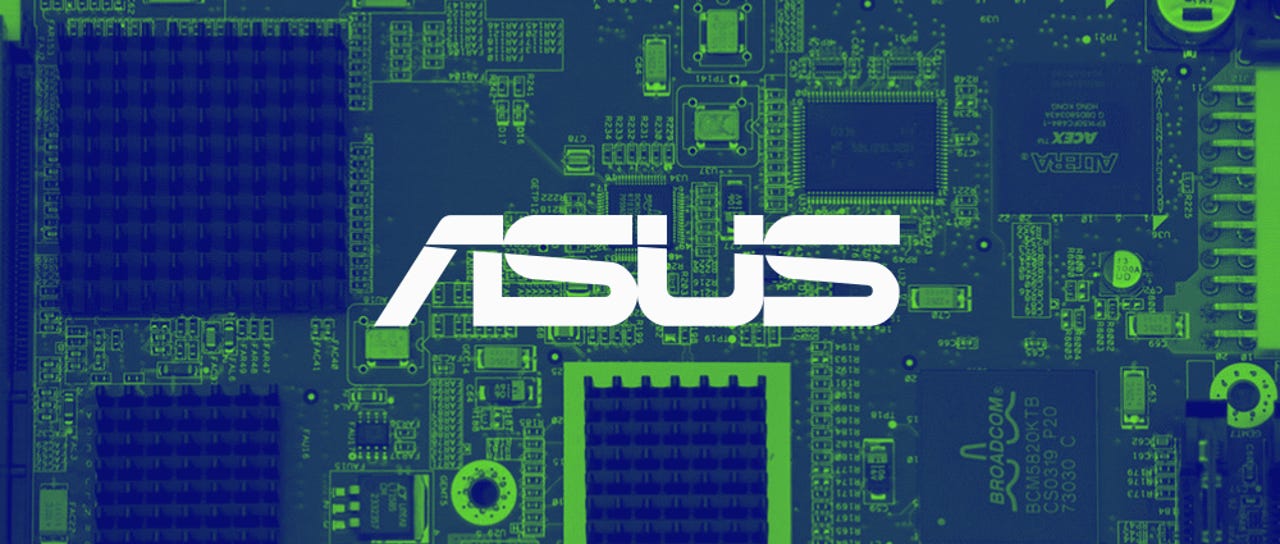ASUS releases fix for Live Update tool abused in ShadowHammer attack

ASUS released today a new version of the Live Update tool that contains fixes for vulnerabilities that were exploited by a nation-state group to deploy the ShadowHammer backdoor on up to one million Windows PCs.
Security
ASUS Live Update version 3.6.8 contains the aforementioned fixes, the hardware vendor announced in a press release today.
The company said ASUS Live Update v3.6.8 "introduced multiple security verification mechanisms to prevent any malicious manipulation in the form of software updates or other means, and implemented an enhanced end-to-end encryption mechanism."
ASUS also said it updated and strengthened its "server-to-end-user software architecture to prevent similar attacks from happening in the future."
ASUS: Only notebook users were targeted
The company's statement comes after tech news site Motherboard revealed yesterday that a group of nation-state hackers compromised ASUS' Live Update infrastructure and delivered a backdoored version of the ASUS Live Update tool.
Initial assessments by Kaspersky Lab and Symantec estimated the number of infected users ranging between 500,000 and 1,000,000 users.
However, in its press release today, ASUS downplayed this estimate and said that just "a small number of devices have been implanted with malicious code."
The company said that only the Live Update tool used with notebooks had been backdoored, and not all instances of its app --used as a firmware update utility on millions of devices across the world.
ASUS was unable to put a solid figure on the number of impacted users, despite having direct access to its own server logs and knowing of the hack for roughly two months.
Many questions remain unanswered
The ShadowHammer operation, as Kaspersky is calling it, infected hundreds of thousands of users, but the ShadowHammer malware hidden inside the Live Update tool didn't infect users with additional payloads unless their device had a specific MAC address.
Kaspersky said the backdoored Live Update versions they collected featured more than 600 unique MAC addresses on which the ShadowHammer malware would launch further attacks.
Apparently, one of the MACs targeted by #ShadowHammer is used on thousands of hosts: it is VMware VMNet8 adapter with default MAC 00:50:56:C0:00:08. If you got one of those - don’t freak out. You were probably just a collateral target. Check if you ran ASUS Live Updater in 2018.
— Vitaly Kamluk (@vkamluk) March 26, 2019
Another case is 0C:5B:8F:27:9A:64. This one is used by Huawei E3772 USB 4G dongle and seems to be the same for all owners of such devices. Looks like #ShadowHammer targeting wasn’t accurate in some cases and could cause unplanned infections.
— Vitaly Kamluk (@vkamluk) March 26, 2019
In some cases, the #shadowhammer backdoor checks both the NIC and WiFi adapter MACs to identify the victim for further exploitation. Second stage is deployed only if both addresses match. It was really that targeted.
— Costin Raiu (@craiu) March 26, 2019
ASUS is now using this very advanced target selection mechanism as an excuse to downplay the incident's severity, completely ignoring that a hacker group had direct access to its software update servers in the process.
The company released Live Update 3.6.8, but it is unclear if updating to this version removes all traces of the older backdoored Live Update version.
Many other questions also remain unanswered. For example, how can a regular ASUS customer tell if they automatically received the backdoored version of the Live Update version or not? It's very likely that most users weren't in the scope of the ShadowHammer group, but do all ASUS users who received a backdoored version of the Live Update app need to wipe and reinstall systems to be fully safe, or updating to v3.6.8 is enough?
ASUS said its customer service has been reaching out to affected users and providing assistance, but the company has not offered any useful information otherwise.
In fact, the company's press release is somewhat disrespectful to both Kaspersky and its customerbase.
Instead of thanking the Russian antivirus vendor for discovering this security breach, ASUS linked to a web page on the website of one of Kaspersky's competitors, a page which contains generic information about nation-state hacking groups. ASUS customers who click this link will not receive any useful information about the ShadowHammer attack, and will be even more confused as to how this relates to the ShadowHammer attack, which isn't even mentioned on that page.
ASUS tried to silence Kaspersky
Kaspersky said the group behind this attack --believed to be Chinese hackers-- ceased all activity on ASUS' servers in November 2018, when they moved on to other operations.
Important note to those who rushed when reading #ShadowHammer story: current ASUS updates are fine, according to our knowledge. Attackers seemed to cease activity in November 2018 and switched to other targets. Which ones? #TheSAS2019 will tell in just 2 weeks. </ShamelessTeaser>
— Vitaly Kamluk (@vkamluk) March 25, 2019
The Russian company discovered the ASUS Live Update compromise in January, reached out to ASUS which failed to address the hack for nearly two months before the incident blew over in the press yesterday.
Furthermore, according to a tweet from the reporter who broke the story yesterday, ASUS had also tried to have Kaspersky sign a non-disclosure agreement (NDA) in an attempt to keep the incident quiet.
Instead of working with Kaspersky to address this incident in a coordinated matter and provide all the information users needed, ASUS tried to bury the story, and it backfired spectacularly.
Practices like these and ASUS' ignorance of any security-related issues is why the US Federal Trade Commission placed the company under mandatory security audits for the next 20 years back in 2016. That decision was in regards to the company's home router division, but it appears ASUS' PC division is in the same melting pot of bad security practices.
For now, until ASUS releases more detailed information, ASUS customers can update to Live Update 3.6.8.
They can also use apps provided by ASUS and Kaspersky that check if their device's MAC address was on the list of 600 MACs the ShadowHammer operation targeted. A web-based version of this app is also available on the Kaspersky website.
These are the worst hacks, cyberattacks, and data breaches of 2018
Related cyber-security coverage:
- Tesla car hacked at Pwn2Own contest
- Android ecosystem of pre-installed apps is a privacy and security mess
- Researchers find 36 new security flaws in LTE protocol
- Over 100,000 GitHub repos have leaked API or cryptographic keys
- Facebook rolls out 'Whitehat Settings'
- Hacked tornado sirens taken offline in two Texas cities ahead of major storm
- Facebook-Cambridge Analytica privacy scandal: Your data still isn't secure TechRepublic
- Android security program has helped fix over 1M apps in Google Play CNET
